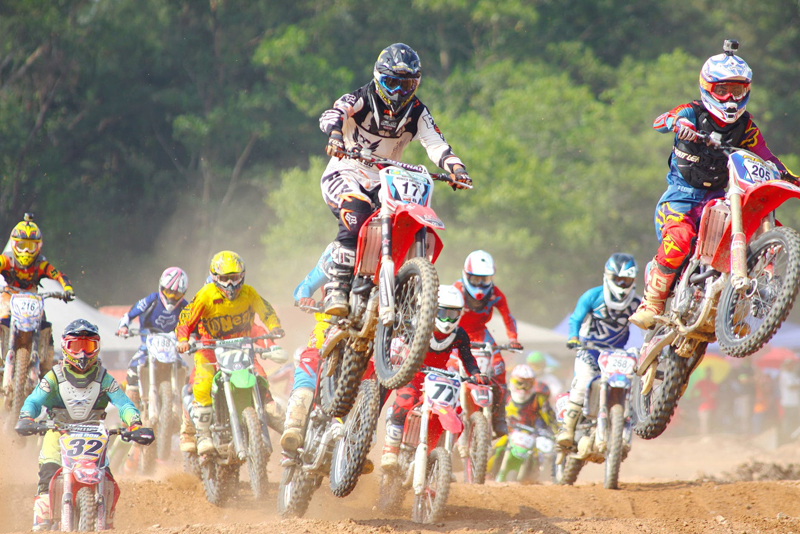Sporting Regulation Changes

The first race of the new season is rapidly approaching, so I thought it would be a good idea to take a look at the rule changes that will be in force as soon as the cars take to the grid in Australia. There are two types of rule changes – sporting and technical – and we’ll be looking at sporting first.
The sporting rules dictate how the races will be run and try to provide a fair and even competition for everyone.
This year, the FIA have provided exemptions from the testing allowance meaning that some miles can be done without counting against the testing limitations. The two exemptions are demonstration events, where tyres are provided specifically for the event, and any young driver training. A young driver is one who hasn’t competed in F1 or tested in the previous 2 years. This rule aims to remove at least one of the barriers to entry for new drivers and should encourage some fresh faces.
Teams are allowed two cars only, which means they can no longer have a spare car waiting in the garage for when things go wrong. This shouldn’t affect drivers too badly, because the cars are so well built these days that it’s unusual for a driver to have to take to the spare car. This regulation is aimed at reducing the amount of equipment teams need to transport to races.
In the tradition of encouraging long-life components, this year introduces the rule that gearboxes have to last for four consecutive events, with a five place starting grid drop penalty for anyone who fails to achieve this. Small parts of the gearbox can be changed under supervision by the FIA. If a driver fails to finish a race, then he can start with a fresh gearbox.
And finally, the qualifying format has changed slightly, in an attempt to eliminate the fuel burn phase that caused controversy last year. The three sessions on a Saturday now run for 20 minutes, then 15, then 10 minutes. Cars are not allowed to adjust their fuel load between the end of qualifying and the start of the race. This does mean that strategies are likely to change quite drastically, especially in qualifying, where you are unlikely to see drivers queuing at the end of the pit lane for the start of Q3.
These changes are bound to make the races more interesting, although the gearbox rule is going to cause confusion. Keeping track of who’s on a fresh gearbox, and who is on their fourth race is going to be a mammoth task, but it will hopefully add an element of unpredictability to proceedings.
The sporting rules dictate how the races will be run and try to provide a fair and even competition for everyone.
This year, the FIA have provided exemptions from the testing allowance meaning that some miles can be done without counting against the testing limitations. The two exemptions are demonstration events, where tyres are provided specifically for the event, and any young driver training. A young driver is one who hasn’t competed in F1 or tested in the previous 2 years. This rule aims to remove at least one of the barriers to entry for new drivers and should encourage some fresh faces.
Teams are allowed two cars only, which means they can no longer have a spare car waiting in the garage for when things go wrong. This shouldn’t affect drivers too badly, because the cars are so well built these days that it’s unusual for a driver to have to take to the spare car. This regulation is aimed at reducing the amount of equipment teams need to transport to races.
In the tradition of encouraging long-life components, this year introduces the rule that gearboxes have to last for four consecutive events, with a five place starting grid drop penalty for anyone who fails to achieve this. Small parts of the gearbox can be changed under supervision by the FIA. If a driver fails to finish a race, then he can start with a fresh gearbox.
And finally, the qualifying format has changed slightly, in an attempt to eliminate the fuel burn phase that caused controversy last year. The three sessions on a Saturday now run for 20 minutes, then 15, then 10 minutes. Cars are not allowed to adjust their fuel load between the end of qualifying and the start of the race. This does mean that strategies are likely to change quite drastically, especially in qualifying, where you are unlikely to see drivers queuing at the end of the pit lane for the start of Q3.
These changes are bound to make the races more interesting, although the gearbox rule is going to cause confusion. Keeping track of who’s on a fresh gearbox, and who is on their fourth race is going to be a mammoth task, but it will hopefully add an element of unpredictability to proceedings.
This site needs an editor - click to learn more!

Related Articles
Editor's Picks Articles
Top Ten Articles
Previous Features
Site Map
Content copyright © 2023 by Christine Blachford. All rights reserved.
This content was written by Christine Blachford. If you wish to use this content in any manner, you need written permission. Contact
BellaOnline Administration
for details.


